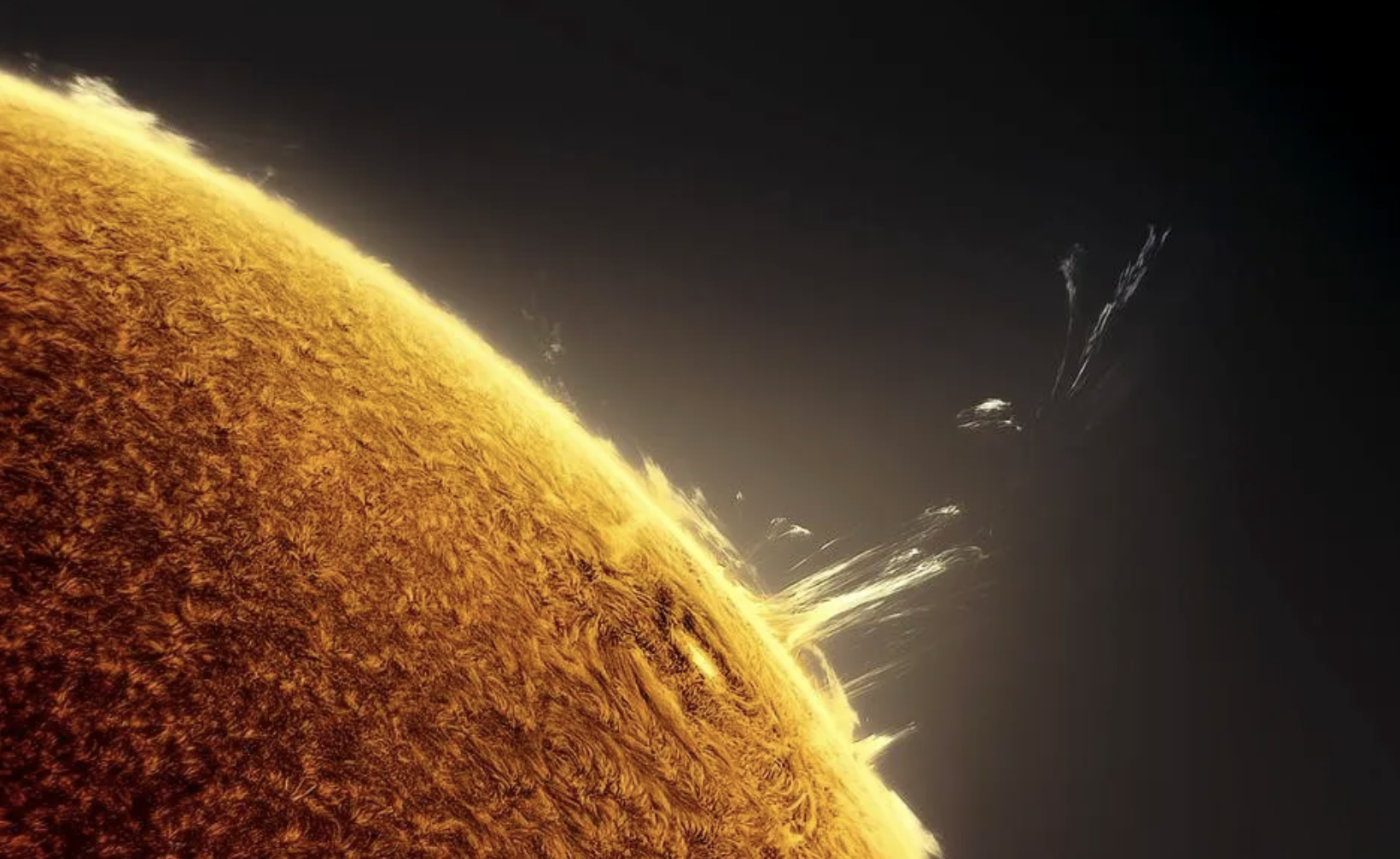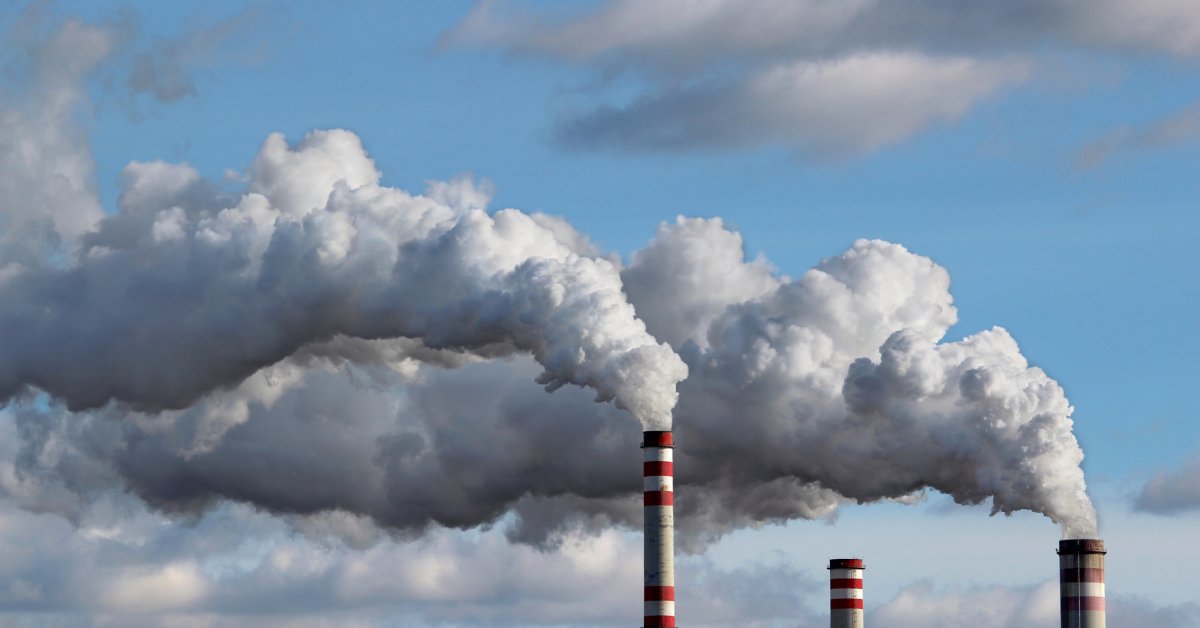By Victoria Hristova, Year 12,
If you’ve ever wondered what the splendid northern lights are, I’m sorry to inform you that they are nothing short of solar flatulence, for lack of a better word. Solar flatulence happens to travel through space at up to thousands of kilometers per second and violently collides with errant gas particles in the atmosphere. Charming, isn’t it? Completely unironically, however, there is an entire branch of astrophysics dedicated solely to understanding our Sun and the phenomena we observe both in space and on Earth, known as heliophysics. So, whilst it is common knowledge that our star is made up of hydrogen and helium (hence the brilliant pun in the title), fewer people are aware of why exactly those components are periodically ejected from the Sun in a multitude of different ways, each dependent on very specific conditions.
To begin with, it is important to understand that the Sun is not a solid ball of fire but rather a constantly changing agglomeration of plasma around a core fusing hydrogen and helium, kept together by gravity. Although there is nothing tangible about stars in general, much like planets, they are composed of different layers: the core, the radiative zone, the convective zone, the photosphere, the chromosphere, and finally, the corona (from inside to outside). The inner layers are still a slight mystery to heliophysicists, but the events of the surface are considerably well classified and are referred to as phenomena of solar activity. Those manifestations, in type, size, and strength, vary greatly depending on the period of the 11-year solar cycle, which represents the time it takes for the magnetic poles of the Sun to switch places (North becomes South, and vice versa).
Before explaining the solar cycle and what it entails, I must clarify what causes the aforementioned flip of polarities. The phenomenon of solar activity that drives this, the one that has been observed the longest and is known best, is sunspots2. Sunspots are formations in the Sun’s photosphere, with lower temperature, light emission, and surface pressure than their surroundings, but are nonetheless areas of extreme condensation of magnetic fields, whose strength is proportional to the size of the sunspot. They are impermanent formations, their lifespan in accordance to their size, with the larger ones (60’000 km diameter) living up to 80-90 days, and smaller ones (10’000 km diameter) fading away in a mere 2-3 days. What is characteristic of sunspots is that they very rarely appear alone but rather in clumps or groups, which is due to their belonging in the same part of a magnetic field. Now, here is where it gets more convoluted.
The Sun has two magnetic components to its field: poloidal (near the poles, along the lines of latitude) and toroidal (near the equator, along the lines of longitude). As a result of the differential rotation of the Sun, i.e., the varying speeds of rotation at different longitudes, with the equator rotating faster than the poles, the poloidal magnetic field gets all tangled up with the toroidal and rises up to the surface of the photosphere, forming a sort of arc above it, with a north and south polarity where it enters and exits. It is at those two points that oppositely charged pairs of sunspots emerge, the first one to appear called a leading sunspot (generally the one closest to the equator), and the second a following sunspot (tilted at an angle that grows proportionally with the distance of the leading sunspot from the equator). The leading sunspot has the same charge as the polarity of the hemisphere it is in at the beginning of the Sun cycle; as the pair evolves, slowly growing apart, other minor spots and pores surface between them, with up to 50 materializing within the first couple days of the pair’s existence.
Rewind: How exactly does this relate to flipping magnetic fields? Well, as the solar cycle progresses, especially around what is called solar Maximum, vast amounts of sunspot pairs appear nearer and nearer to the equator (Sporer’s Law), with, as mentioned above, the same charge as the field they are located in. What happens then is that the large amounts of opposite polarities on either side of the equator will cancel each other out, leaving the remaining following sunspots charged oppositely. Those, or sometimes just remnants of their magnetic polarities, will be carried by hot plasma flows to their respective pole, their huge number enough to eradicate the existing field and replace it with an oppositely charged one (which will be the charge of the following sunspots). So the magnetic poles have flipped over the course of 11 years, the sunspot cycle. This means that over 22 years, double that time, each polarity will be back where it started, and that is known as the Sun’s magnetic cycle. This feels like a very abstract concept to wrap our minds around, especially since we can’t see it with our bare eyes, so here is a link to a NASA animation showing solar cycle 23 and its flip of polarities.
Now, dear readers, you know why the Sun’s poles turn over. Unfortunately, however, I did not fully answer the question of why the Sun is so gassy in the end, but patience is a virtue. In part 2 of this article, I will explore the characteristics of the solar phenomena that wax and wane throughout the solar cycle, how they are exhibited, and what possible impacts they might have on us here on Earth, if any. And even if we don’t understand how everything works in the Sun just yet, it’s okay. Our star will be around for another couple of billion years, so there’s plenty of time for us to observe and ponder.
Image credit: Solar Flare X1 from AR2994 in ‘Motion’ by Miguel Claro



